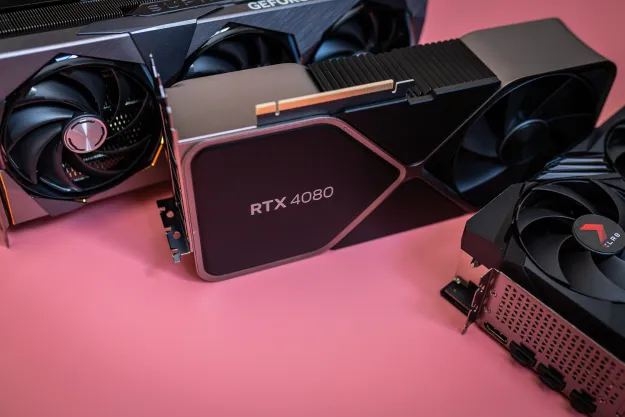The RTX 4090, despite being one of the best graphics cards you can buy, has been the center of controversy over the last few months. The powerful consumer graphics card has seen price increases while GPU prices seem to be falling elsewhere, and we might finally know why.
Thousands of RTX 4090 graphics cards are being repurposed as AI chips in China, reports Wccftech. Just days before the report, a ban on AI chips sold to China from the U.S. went into effect, which includes the RTX 4090. The report states that Nvidia prioritized “a large chunk” of

If that’s true, it’s clear what the impact is on GPU prices in the States. Prices on the RTX 4090 have continued to rise over the past several weeks. Now, even among Black Friday deals, you can’t find any card new for under $2,000. The card originally launched for $1,600, and Nvidia’s other high-end GPUs, such as the RTX 4080, are commonly selling below list price.
With more allocation of these cards going to China prior to the ban, that could have an impact on prices in other regions if there isn’t enough supply. Wccftech reports that the cards are being repurposed for AI machines, but that really doesn’t matter. If a large number of RTX 4090s move from one region to another, and there’s limited supply, the price in other regions will go up.
Before the doom and gloom of a GPU shortage sets in, though, this isn’t likely to snowball into a craze similar to crypto mining. Price increases are solely impacting the RTX 4090, and now that a ban is in place, new cards using the AD102 chip that the
On top of that, Nvidia is rumored to announce several new GPUs in January. The reported Super refresh will bring performance bumps to the RTX 4070, RTX 4070 Ti, and RTX 4080. As of right now, it doesn’t appear the RTX 4090 will get the Super treatment. That means Nvidia intends to continue selling the GPU, so prices shouldn’t stay high for long.
Although this is a possible explanation, it’s not concrete. Wccftech’s source is the Baidu Forums, and the thread it cites includes several uses speculating that the photos are fake or misrepresented. It’s clear something is going on with the RTX 4090, however, and given the card’s AI prowess in Nvidia’s current consumer lineup and the fact that it’s the only card seeing price increases, it doesn’t seem far-fetched.
Hopefully, the price increases are just temporary. Now that the ban is in effect and we’re heading toward January when Nvidia is expected to announce new GPUs, we should see how GPU prices stabilize in the next few months.
Editors' Recommendations
- Graphics cards are selling again, and that worries me
- Brighter isn’t better for OLED monitors. An expert told me the surprising reason why
- The best PC gaming hardware of 2023: GPUs, CPUs, monitors, and more
- Nvidia is ‘no longer a graphics company’
- When a high frame rate can lose you the game




